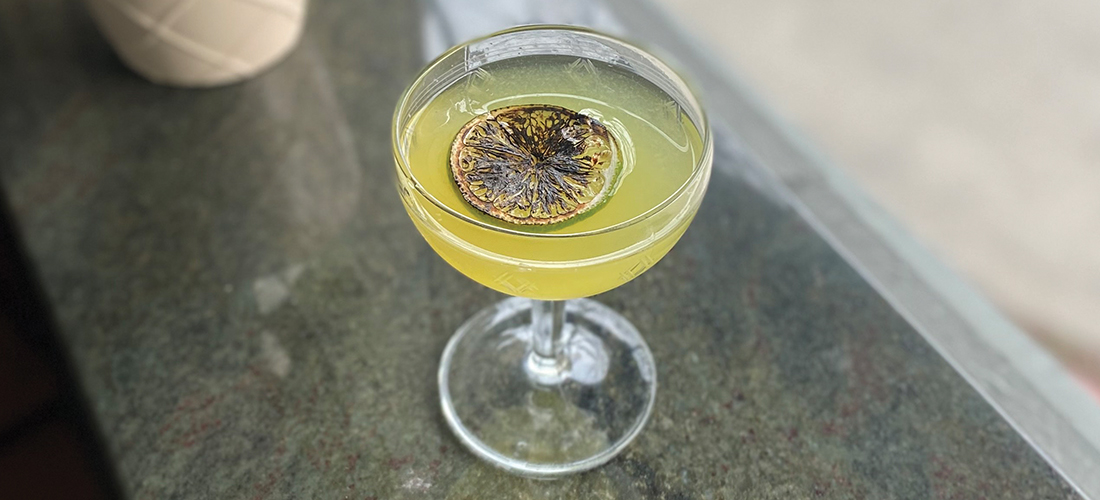Black Skimmer
Elegant summer feeders
By Susan Campbell
Without a doubt, the black skimmer has the most unique foraging style of all the birds you will see along our coast. Although it feeds on fish, like its relatives the gulls and terns, it is a very different animal. Black skimmers, as their name implies, feed by flying low over the water and skimming the surface. Their success is based on the fact that their lower mandible is longer and extremely sensitive to touch. When they encounter a fish, the top part of the bill reflexively snaps shut, ensuring the prey is caught. As soon as the fish is swallowed, they once again assume their unique posture and prepare to catch the next one.
The black skimmer is found along the East Coast in the summer. In North Carolina, the species will breed and loaf on sandy beaches only if undisturbed. In coastal communities where people and ground predators are numerous, skimmers are more likely to be found on small islands, particularly ones that have originated from dredge spoil and are adjacent to inlets. It is a food-rich environment and safe from nest robbers such as raccoons, opossums, foxes and the like. Such island habitat has, not surprisingly, become critical for nesting waterbirds in general. And given the fact that so many species, including black skimmers, are communal nesters, established breeding sites tend to be busy, noisy places.
In addition to their unusual orange and black bills, skimmers can be recognized by their black upper parts, white under parts and bright orange legs. With relatively long, pointed wings and a stout, forked tail, they are very maneuverable in flight: an invaluable quality for a bird that pursues small, fast-moving prey. Even if they are not foraging, skimmers can be recognized by their flight posture since the head is always carried lower than the tail. When the birds are not feeding, their long bill becomes something of a liability. Individuals are frequently seen with their heads down and necks outstretched on the sand. This resting posture, too, is unique to the black skimmer.
The nest of a skimmer is a mere scrape in the sand. The eggs are generally sand-colored with flecks of brown or black, which creates excellent camouflage against a background that includes pieces of gravel, shell fragments and other debris. The two or three downy young are, like the eggs, mottled and well-hidden against the sand, given their coloration. They are also known to scratch into a hollow and kick sand over themselves in order to remain hidden in the absence of their parents. Also, due to the shape of their bills, the adults must regurgitate onto the sand, not directly into the mouths of the very young nestlings.
As is the case with so many bird species, black skimmers form large flocks outside of the nesting season. They can be seen skimming synchronously in lines or rows over schools of herring, mullet or other small fish. Given that they find their prey by feel and not by sight, they are frequently seen feeding at dawn and dusk as well as at night. This likely reduces competition with gulls and terns, which require bright light for successful fishing.
So keep an eye out the next time you are on the water. You just may encounter one of these amazing, low-flying birds.
Susan would love to receive your wildlife sightings and photos. She can be contacted at [email protected].

